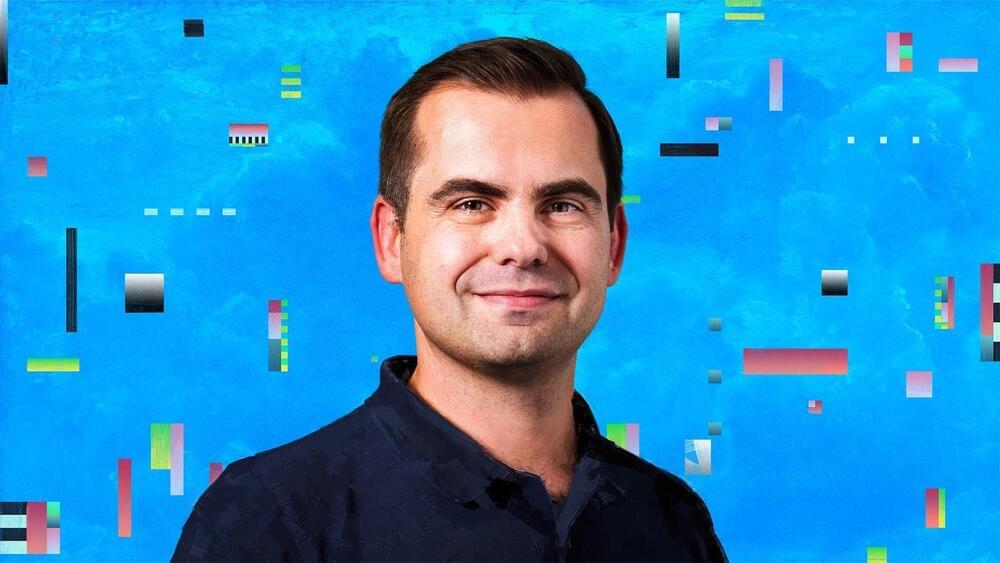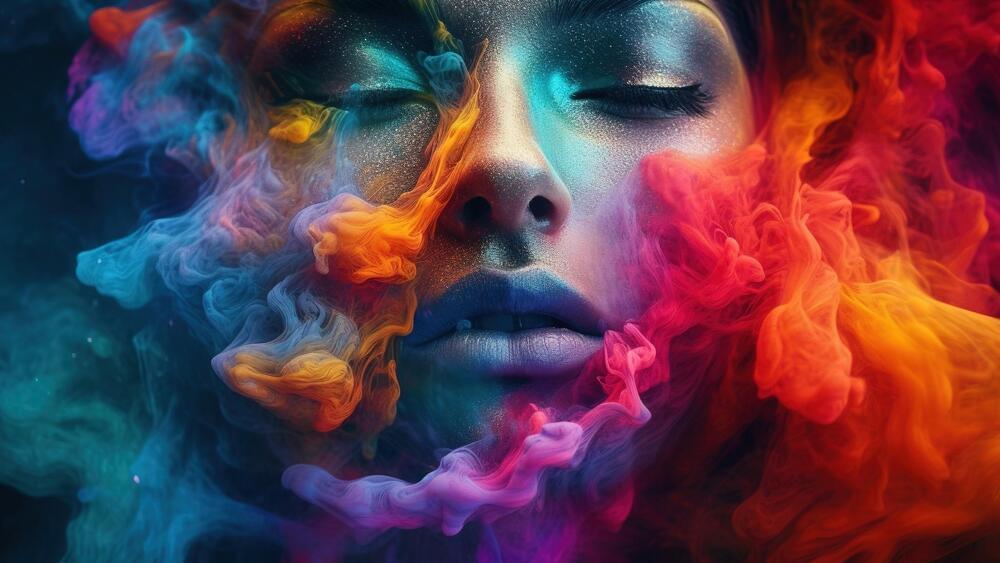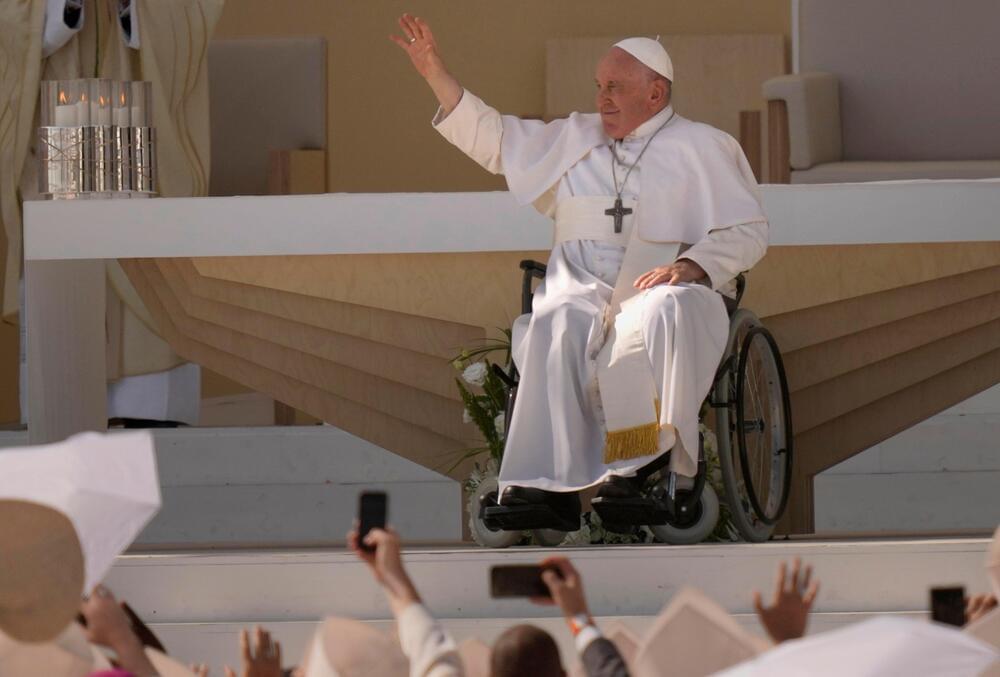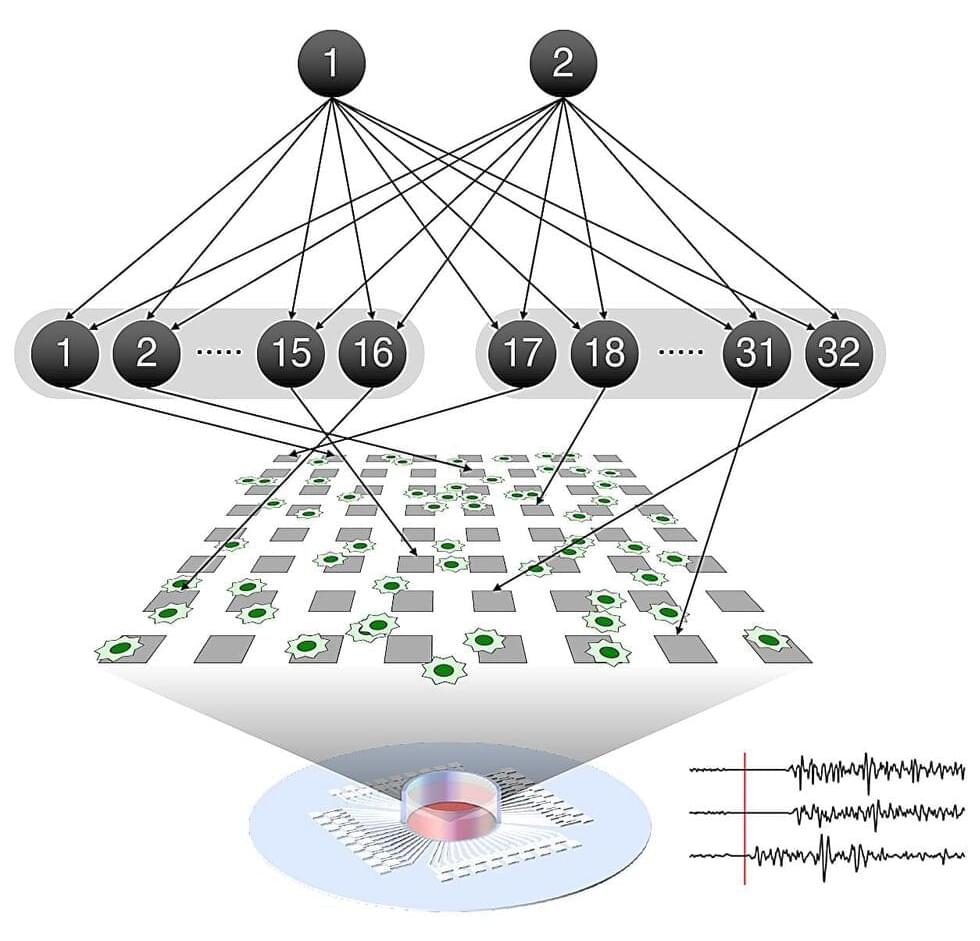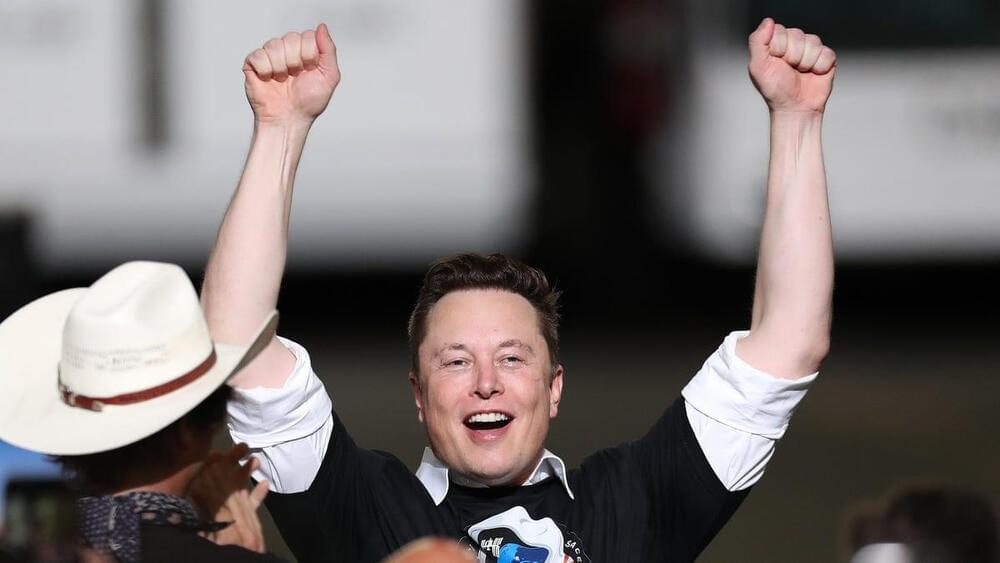Can AI capture the emotion that a singer today can convey, or dupe us into believing they’re not human? Can Ronnie James Dio’s voice be brought back from the dead? In this episode of The Singing Hole, we explore where AI’s technology is today, how creators are harnessing the technology and how we can better prepare for the eventual future with music.
WE HAVE MERCH! Check-out the full line-up here: http://thecharismaticmerch.com.
🎧 Elizabeth’s favorite headphones 🎧 : https://imp.i114863.net/zayoEM
Music Gear Questions? 🎤 See my list of recommendations: https://imp.i114863.net/yRyGoV
WANT MY CHAIR? I don’t blame you…and here’s a link to make it even sweeter:
https://secretlab.co/?rfsn=4692958.b220199&utm_source=refers…58.b220199
🎙️Podcast: https://thecharismaticvoice.com/podcast/
